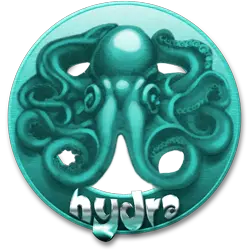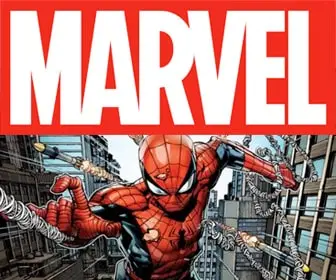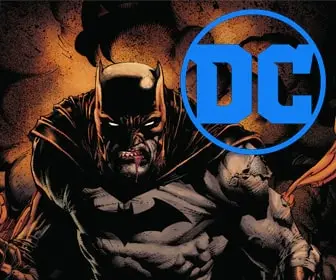
Create Your Own Comic: The Art of Page Layout
Crafting the Visual Flow of Storytelling
In the world of comic books, the layout of the pages is as crucial as the story itself. The art of page layout is not just about placing panels and images; it’s about orchestrating the visual flow of the narrative. For aspiring comic book artists and enthusiasts, understanding the intricacies of page layout is key to creating engaging and dynamic comics. Let’s explore the fundamentals of comic book page layout and how it shapes the reader’s experience.

The Basics of Page Layout
Panel Arrangement: The arrangement of panels on a page determines the pacing of the story. Each panel is a scene or a moment, and the way they are organized can create a sense of motion, time, and mood.
Size and Shape: The size and shape of panels can vary greatly to emphasize different aspects of the story. Larger panels can be used for dramatic effect or to focus on important details, while smaller panels can quicken the pace.
Gutters and Borders: The space between panels, known as gutters, is crucial for readability. Gutters provide a visual break and help in pacing the story. Borders can vary in thickness and style, adding to the aesthetic of the page.
Advanced Techniques
Splash Pages and Spreads: A splash page (a single, full-page panel) or a spread (a scene that extends across two pages) can be used for high-impact moments. These are typically reserved for dramatic reveals or key action scenes.
Sequential Flow: The direction in which the panels are read (typically left to right, top to bottom in Western comics) is essential. The layout should guide the reader seamlessly through the story without confusion.
Juxtaposition: Placing contrasting elements side by side in panels can create visual and narrative interest. This technique can be used to highlight conflicts, comparisons, or transitions in the story.
Creative Considerations
Balancing Art and Text: The layout should accommodate both visual art and dialogue. Text placement is crucial and should complement the artwork without overcrowding the panels.
Consistency and Variation: While maintaining a consistent style is important for coherence, varying the layout can keep the reader engaged. Mixing up panel sizes and shapes can add dynamism to the page.
Thematic Layouts: The layout can reflect the theme or mood of the story. For example, jagged or irregular panels can convey chaos or intensity, while symmetrical layouts can evoke balance and calm.
Tips for Aspiring Artists
- Study Existing Comics: Analyze how professional comic book artists layout their pages. Note how they use panels to control pacing and mood.
- Sketch Thumbnails: Before working on full-sized pages, sketch small thumbnails to plan your layout. This allows you to experiment with different compositions.
- Practice Storytelling: Remember, the primary goal of layout is to tell a story effectively. Practice creating layouts that enhance the narrative and engage the reader.
Denouement: Bringing Stories to Life
The layout of a comic book page is a powerful tool in the hands of a skilled storyteller. It’s an art form that requires practice, experimentation, and a keen understanding of visual storytelling. By mastering page layout, comic book creators can bring their stories to life in compelling and imaginative ways, taking readers on unforgettable journeys panel by panel.










